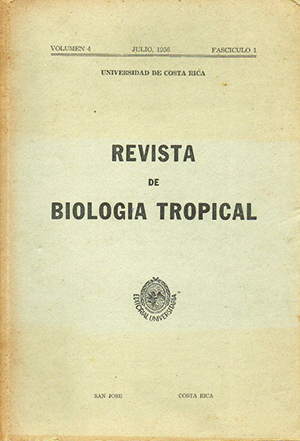Abstract
1. A study is made of the bone marrow in 13 patients with a characteristic clinical picture of ancylostoma infestation and in 28 with a clinical picture of trichocephalosic infestation. From the parasitological viewpoint most of these patients had mixed (ancylostoma and trichocephali) infestation. 2. In all cases, sternal punction was used, aspirating from 0,3 to 0,5 cc. of bone marrow. 3. In the 13 ancylostomiatic patients, all with severa anemia, the most important findings in the bone marrow were : marrow cellular hyperplasia in two cases; hyperplasia of the normoblastic series, sometimes conspicuous, in 10 cases; absence of a close relationship between the degree of anemia and that of normoblastic hyperplasia of the marrow; increase of eosinophiles in the marrow in 12 cases; and absence of a relationship between the degree of eosinophily in the bone marrow and in peripheral blood. 4. In the 28 trichocephalosic patients, of which 25 had a mixed infestation (ancylostomas), the most important findings were: marrow cellular hyperplasia in 11 cases; increase in megacaryocytes in 13 cases. The highest megacaryocyte counts were obtained in the most cellular marrows. Normoblastic series hyperplasia was less frequent than in the previous, where anemias were more severe. Increase in marrow eosinophile counts was observed in 18 cases.##plugins.facebook.comentarios##
Downloads
Download data is not yet available.






